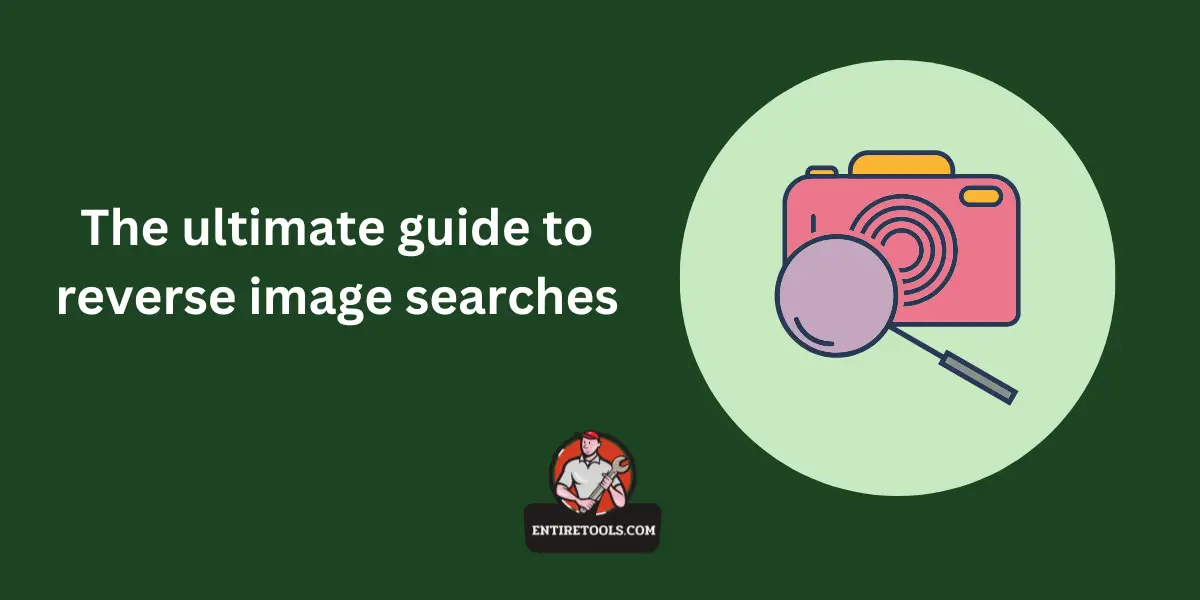Introduction: What is a reverse image search?
A reverse image search is a search engine query in which the user submits an image instead of a text query. The results of a reverse image search typically include images that are visually similar to the submitted image, as well as websites where the image appears.
Reverse image searches can help find the source of an image, find higher-resolution versions of an image, or track down pages that contain a particular image. They can also be used to find images that have been edited or manipulated.
You can use a search engine like Google Images or Bing Images to perform a reverse image search.
How to do a reverse image search
Reverse image searches are a great way to find related images from the internet. You can use them to find similar images or the original source of an image. This guide will show you how to reverse image search using Google Images. When you perform a reverse image search on Google, the search engine looks for images that match or look similar to the one you uploaded. You can also do a reverse image search on TinEye, a specialized search engine for images.
To do a reverse image search on Google, go to the Images tab and click on the camera icon in the search bar. You can then either upload an image from your computer or paste it into the URL of an image. Once you’ve done that, Google will show you all the pages containing that image.
If you want to do a more targeted search, you can use a reverse image search. To do a reverse image search, go to the website Reverse Image search and upload an image or paste it into the URL of an image. It will then show you all of the places where that image appears online.
Google Images
Google Images is the Google search engine for images. You can use it to find images related to a topic or to find specific images. To do a reverse image search on Google Images, go to the Google Images homepage, click on the camera icon in the search bar, and then upload the image you want to search for or enter the URL of an image. Alternatively, you can right-click on an image on a website and select “Search Google for Image.”
If you’re looking for an image of a specific person, thing, or place, you can do a reverse image search on Google Images to find where that image appears online. This can be helpful if you’re trying to find the original source of an image or if you want to find other instances of that image.
Bing
Regarding reverse image searches, Bing is the best of the best. This search engine is strictly for images, meaning you'll get more accurate results than a general search engine like Google. Yandex also keeps track of where an image appears on the internet, so you can see if it's being used without permission.
To use TinEye, simply upload an image or enter the URL of an image. You'll then be shown all instances of that image online, including modified versions and sizes. This is a great way to find out if someone has stolen one of your photos or to track down the source of an image.
TinEye is free to use, and there's no limit on how many searches you can do. There's also a handy Chrome extension that makes it even easier to search for images.
Yandex
A reverse image search can be a powerful tool. You can use it to find out where an image came from, how it’s been used, or who the creator is. You can also find similar images or different versions of the same image. This guide will show you how to reverse image search in Google and other search engines.
Conclusion
A reverse image search can be a great way to find an image's source or discover similar images. However, it's important to remember that not all reverse image searches are created equal. Some search engines are better at finding results than others.
When searching for images, Google is generally the best place to start. If you're looking for something more specific, like a higher resolution version of an image, then Yahoo and Bing are also worth checking out. TinEye is another good option for finding images, and it's especially useful for finding modified or edited versions of an image.
Ultimately, the best reverse image search engine is the one that gives you the results you're looking for. So if you're not getting the results you want from one search engine, try another until you find what you're looking for.


